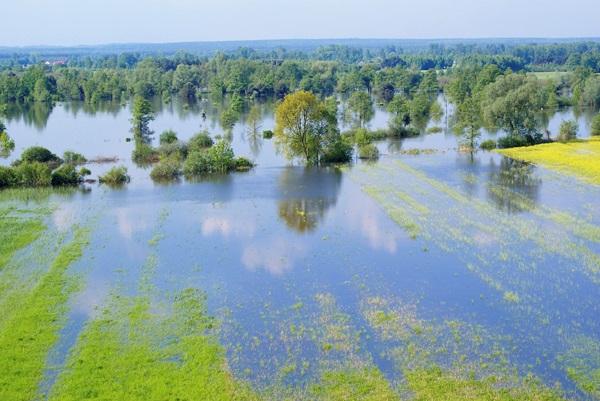In collaboration with research partners from Copenhagen University (KU), Technical University of Denmark (DTU), Danish Meteorological Institute (DMI) as well as the Geological Survey of Denmark and Greenland (GEUS), we have developed a novel climate-hydrology modelling tool that will better assess the effects of climate change.
Comprehensive numerical models that can represent interaction between the atmosphere and the hydrological cycle are crucial to improve our understanding of how climate change affects the environment. These changes primarily affect the sustainable development of water resources and terrestrial ecosystems, as well as food security. In addition, it is important to quantify the changes in rainfall extremes that cause floods and droughts in order to manage expected increase in frequency and/or intensity in the future.
The coupling of DHI’s hydrological model MIKE SHE and DMI’s regional climate model HIRHAM was developed within the HYdrological Modelling for Assessing Climate Change Impacts at differeNT Scales (HYACINTS) project. Building on this development, Dr Morten A.D. Larsen, the main author of this new study, has carried out numerical simulations, focusing on the Skjern River catchment in Denmark. The results show that the simulations of rainfall are improved by including the interaction between the atmosphere and the land surface. This is particularly important for extreme heavy rainfall events that are problematic to simulate. The improved representation of the convective rainfall in the coupled model appears to be correlated to the improvement in rainfall simulations. These convective storms can often lead to high intensity cloud bursts in the summer, resulting in the type of significant flood events seen in recent years.
‘The coupling of MIKE SHE with DMI’s regional climate model HIRHAM provides much more detailed representations of the land surface components of the hydrological cycle than those that have been seen previously in climate modelling. This study not only shows the potential for improving projections of our future climate but also the basis for climate adaptation to manage the impacts of climate change.’ – Michael Butts, R&D Program Manager for Water Resources, DHI

© iStock / Elzbieta Sekowska